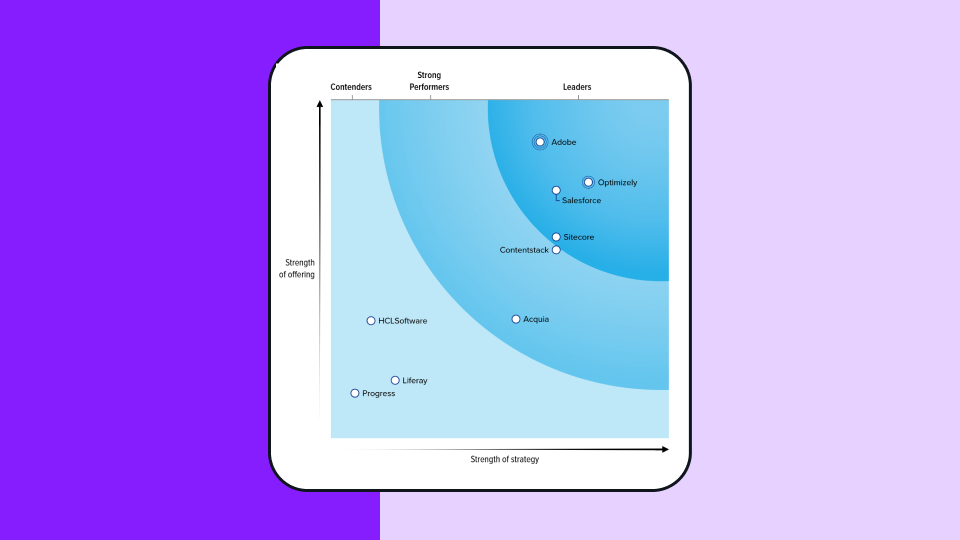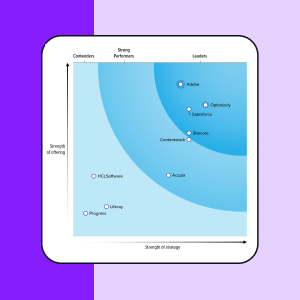Search engine marketing
What is search engine marketing?
Search engine marketing (SEM) is a digital marketing strategy used to increase the visibility of a website in search engine results pages (SERPs).
While the industry term once referred to both organic search activities such as search engine optimization (SEO) and paid, it now refers almost exclusively to paid search advertising.
Search engine marketing is also alternately referred to as paid search or pay per click (PPC).
Why is SEM important?
With an increasing number of consumers researching and shopping for products online, search engine marketing has become a crucial online marketing strategy for increasing a company’s reach.
In fact, the majority of new visitors to a website find it by performing a query on a search engine.
In search engine marketing, advertisers only pay for impressions that result in visitors, making it an efficient way for a company to spend its marketing dollars. As an added bonus, each visitor incrementally improves the website’s rankings in organic search results.
Since consumers enter search queries with the intent of finding information of a commercial nature, they are in an excellent state of mind to make a purchase, compared to other sites such as social media where users are not explicitly searching for something.
Search marketing reaches consumers at exactly the right time: when they are open to new information. Unlike the majority of digital advertising, PPC advertising is non-intrusive and does not interrupt their tasks.
Results are immediate with SEM. It is arguably the fastest way to drive traffic to a website.
How SEM works
While SEO strategy relies heavily on content marketing to drive organic traffic, SEM strategy relies heavily on targeted ads to drive paid traffic.
Search engines use complicated algorithms to ensure the most relevant results are returned for each search, including location and other available information.
In paid search advertising, sponsored ads appear at the top of and on the side of search engine results pages to gain more visibility and prominence than the organic results.
Let’s say that you are a customer looking for a product or service online. You go to a search engine and type in your search terms (also known as keywords).
In your search results page, you will come across various company ads whose keywords match the keywords in your search.
These ads appear in prominent locations on the page – along with the other search listings that match your keywords. The paid listings are highly relevant to your specific search, making it likely that you will click on them.
Now let’s take a look at how SEM campaigns work from the marketer’s perspective.
SEM networks are self-serve operations. Once a marketer selects a network, they can get a campaign up within a short period of time.
When setting up a campaign within an SEM network, the marketer is prompted to:
-
Conduct keyword research and select a set of keywords related to their website or product
-
Select a geographic location for the ad to be displayed within
-
Create a text-based ad to display in the search results
-
Evaluate the cost per click (CPC) of given keywords
Text-only ads are easy to produce. Marketers enter a headline, text for the body of the ad, a call-to-action and a URL for the hyperlink.
Search engine marketing is considered by many to be the most efficient way to spend marketing dollars.
Examples of search ad networks
The two primary search networks that SEM professionals target are Google Ads (formerly Google Adwords) and the Bing Ads.
Google AdWords is actually two networks: Google Search Network and Google Display Network. The first network consists exclusively of search-related websites owned by Google, while the second includes properties such as YouTube, Blogger and Gmail. The Bing Ads allows customers to buy ads on both Yahoo’s network of websites and Bing’s network.
While Google Ads is a much larger network (around 2x the size), the pricing is often lower on Bing Ads. Marketers may be able to get a better rank for a competitive keyword phrase for less than they get on Google. And some report that the clickthrough rates are higher as well.
Creating an SEM strategy in 7 steps
-
Keyword research
Start by conducting basic keyword research to discover relevant keywords using tools like Google’s Keyword Planner, SEMrush, or Ahrefs. You’ll want to focus on high-quality keywords that are relevant to your target audience.
When trying to identify specific keywords, try to find ones that are within the sweet spot of search volume (not too high as they’ll be too costly, and not too low as they may not have enough interest).
Once you’ve found the right keywords, you can then begin to set up your ad campaigns.
-
Setting up PPC campaigns
PPC campaigns are generally structured around central themes or topics that are tied to specific business outcomes. They are comprised of subsets of ad groups which are further broken down into individual ads.
When it comes to paid ad spend, businesses are typically including multiple products they’re selling with different objectives tied to each product, as ad targeting through paid search is much more granular. It’s important to keep your campaigns and your ads organized for maximum efficiency.
-
Create ad copy
Once you’ve created your campaigns and your ad groups, it’s time to create ad copy that speaks directly to potential customers. Most forms of SEM will allow you to create headlines, descriptions, and ad extensions.
Start with compelling headlines that really speak to the search intent behind the keywords you’re targeting. Next, highlight unique selling points in your description so that searchers can get a sense of what they can expect when they click on your ad.
Ad extensions are an effective way to maximize your ads with relevant content that enhances the user experience. Some examples of ad extensions are sitelinks, phone numbers, callouts, structured snippets, and in some cases, user ratings.
-
Optimize landing pages
Ensure your landing pages are relevant to the ad copy that got your users there in the first place. This will boost ad rank and quality score (your potential to rank higher while paying less for target keywords), increase website traffic, and ultimately improve conversion rates.
Some simple ways to improve your landing pages is to include clear calls-to-action (CTA), implement responsive design for mobile users, optimize page speed, and quality content.
-
Manage your bid strategy
Before getting into budget allocation, you’ll need to start running ads in order to ascertain which bidding strategy yields the best results for you. Generally, most ad platforms will allow you to either enter manual bids for the keywords your targeting, or allow them to set the bids for you.
Automated bidding can be quite resource intensive, so for small businesses, it’s better to start with manual bidding to gather data. For larger companies with more resources, they may want to skip ahead to automated bidding since it’s more likely to yield clicks at a higher cost.
Once your ad platform has collected sufficient data over time, you can then refine your bid strategy to account for different segments such as devices, locations, time of day, and even customer affinity.
-
Allocate budget
Focus your budget on the highest performing ads and target them to your most relevant segments. For example, many B2B companies choose to allocate the majority of their budget to serving ads to desktops during working hours as there’s a greater chance of conversion.
-
Refine and optimize
There are many ways to improve the overall performance of your ads once you have your campaigns running.
-
Improve quality score to lower the total cost of ads showing up.
-
Add extensions like sitelinks to highlight specific web pages, callouts to highlight specific features, call extensions for phone numbers, or even customized URLs to improve click-through rates (CTR).
-
Implement remarketing to reinforce brand awareness and ensure your ads are staying top of mind as they continue browsing onto other apps or pages.
-
How A/B testing can complement SEM
In addition to platform-level improvements you can make directly in your dashboard, it is a worthwhile effort to optimize that traffic for conversions and increase the efficiency of your spending using a dedicated A/B testing and experimentation tool.
A/B testing your landing pages is an easy way to maximize your spend, either by optimizing for average order value or revenue per page.
Optimizing your landing page can increase your Quality Score with search engine marketing networks, thus reducing your average CPC.
Optimizely Web Experimentation – and other platforms like it – can help you easily structure and implement your A/B tests, offering real-time results to give you confidence in your business decisions. Web Experimentation has integrations with popular ad networks such as Google Ads and Meta that make setting up ad-related experiments quick and easy.

